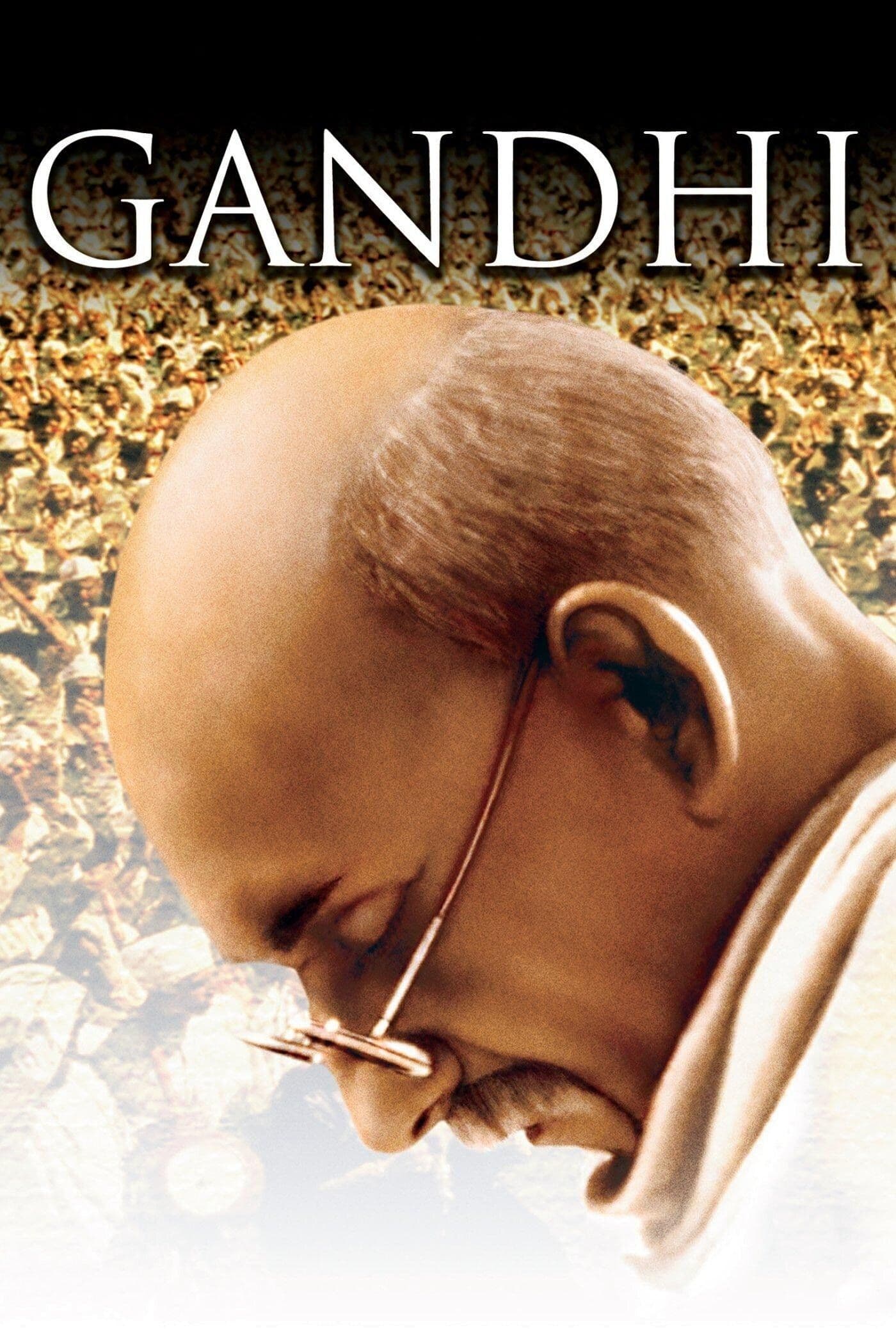
Gandhi
1983
Rate this movie
Average: 0.00 / 5
(0 votes)
Director
Attenborough approaches the biography of the great Indian man of peace, grasping his inner sense of spiritual balance and gentle charisma, decidedly aided in this endeavor by a colossal Ben Kingsley in the protagonist's role. His portrayal is not a mere imitation, but a true incarnation, an almost mystical immersion that transcends mere acting to reach a dimension of archetypal veracity. Kingsley doesn't merely wear Gandhi's clothes; he becomes his soul, his breath, his vulnerability and his rock-solid determination, an acting feat that aligns with the highest expressions of method acting while preserving the hieratic composure demanded by the character. This casting choice, as audacious as it was enlightened, proved crucial, as the credibility of the entire project largely rested on a single actor's ability to bear the weight of such an iconic and complex figure. Attenborough, a master at handling large-scale productions and crafting biographical portraits (as demonstrated in subsequent works like Cry Freedom or earlier broad historical-war films such as A Bridge Too Far), here elevates biography to an epic without ever sacrificing its intimacy.
The result is an imposing work in which the statesman's life is retraced with historical naturalness, while in the background one glimpses the director's fine craftsmanship in restoring the hallmarks of a world scourged by British colonialism and teeming with traditions and transnational sentiment. The film's visual grandeur is never an end in itself; every shot, every sumptuous set design, and every meticulously reproduced costume contribute to painting a historical fresco of rare authenticity. Attenborough unreservedly immerses us in the brutality of the British Raj, its paradoxes and injustices, but does so with a subtlety that avoids facile didacticism. It is not a frontal accusation, but rather the relentless exposition of a system that, in its presumed civilization, generated profound ruptures and humiliations. The cinematography by Billy Williams and Ronnie Taylor, with its wide panoramas and intense close-ups, captures both magnificence and misery, the fervor of the masses and the solitude of the leader, creating a visual tapestry that is simultaneously grand and intimate.
The film traces Gandhi's life from his studies in England, his political apprenticeship in South Africa, his return home with the first political protest fasts, up to the consecration of a leader who united an entire people under the banner of a pacifism that was never superficial, but true, real, embodied. The film's narrative progression, while following a rigorous chronology, is never flat; it is punctuated by moments of deep crisis and sudden illuminations, by apparent defeats and moral victories that resonate far beyond the immediate context. Satyagraha, the "force of truth" or "insistence on truth," is not presented as a mere political tactic, but as a complex philosophical doctrine, a form of active resistance that requires far greater courage and spiritual discipline than violence itself. Fasting, in particular, is shown not as an act of self-punishment, but as a powerful weapon of moral pressure, capable of shaking consciences and uniting warring factions, a potent symbol of his commitment to embody the message he preached. This "embodied" pacifism is the core around which the entire narrative revolves, a teaching that finds echo and resonance in the civil rights movements led by Martin Luther King Jr. or in the struggle against apartheid in South Africa, demonstrating its universality and timelessness.
John Briley's excellent screenwriting work succeeds in imbuing the film with an impartial and disenchanted vision of a segment of History in which the United Kingdom saw one of the most imposing colonies any European nation had ever possessed crumble. Briley's challenge was not only to compress decades of history and the life of a monumental man into just over three hours, but also to present the multifaceted aspects of a complex conflict, avoiding Manichaean simplifications. He does not shy away from showing the internal divisions within Indian society, the tensions between Hindus and Muslims, and the ethical complexities of Gandhi's choices, which were not immune to criticism. The screenplay strikes a precarious but masterful balance between personal narrative and historical-political fresco, where epochal events are not mere backdrops, but direct consequences of the protagonists' actions and convictions. The ultimate outcome of British rule, the Partition and its tragic consequences, are treated with a sensitivity that acknowledges the human cost of change, even when it is dictated by the justest of causes.
The film exudes admiration for the man and his political action but never descends into panegyric. This is perhaps its most subtle and meritorious quality. It is not a mere hagiography, but a well-rounded portrait that, while celebrating Gandhi's greatness, does not ignore his challenges, struggles, and misunderstandings, rendering the figure of a leader who is indeed inspiring, yet profoundly human. Moments of doubt, the visionary's solitude, physical fragility in the face of exhausting trials, and the crushing weight of responsibility are shown. It is precisely in this humanization of the icon that the film finds its most authentic strength, making Gandhi not only an unattainable symbol, but also an accessible and understandable model of ethics and courage, a man who managed to elevate his own existence into a universal message.
A decidedly didactic film, to teach our children the supreme lesson of this small great statesman: the value of non-violence in a world where everything brutally overrides the other. But more than a mere history textbook or a moral exhortation, Gandhi is a work that stimulates deep reflection on the nature of power, the strength of peaceful resistance, and the individual's capacity to influence the course of history. Its relevance has not diminished with the passage of time; indeed, in an era of increasing polarization and widespread violence, Gandhi's message, conveyed with such cinematic power, resonates with even sharper acuity. It is a perennial warning, a beacon that illuminates the path towards civil and peaceful coexistence, reminding us that true strength lies not in the ability to destroy, but in the infinitely more arduous and noble capacity to build, to unite, and to forgive. The film, ultimately, is not just the story of a man, but the epic of an idea that, from the dust of colonial India, managed to radiate its light across the entire world.
Gallery


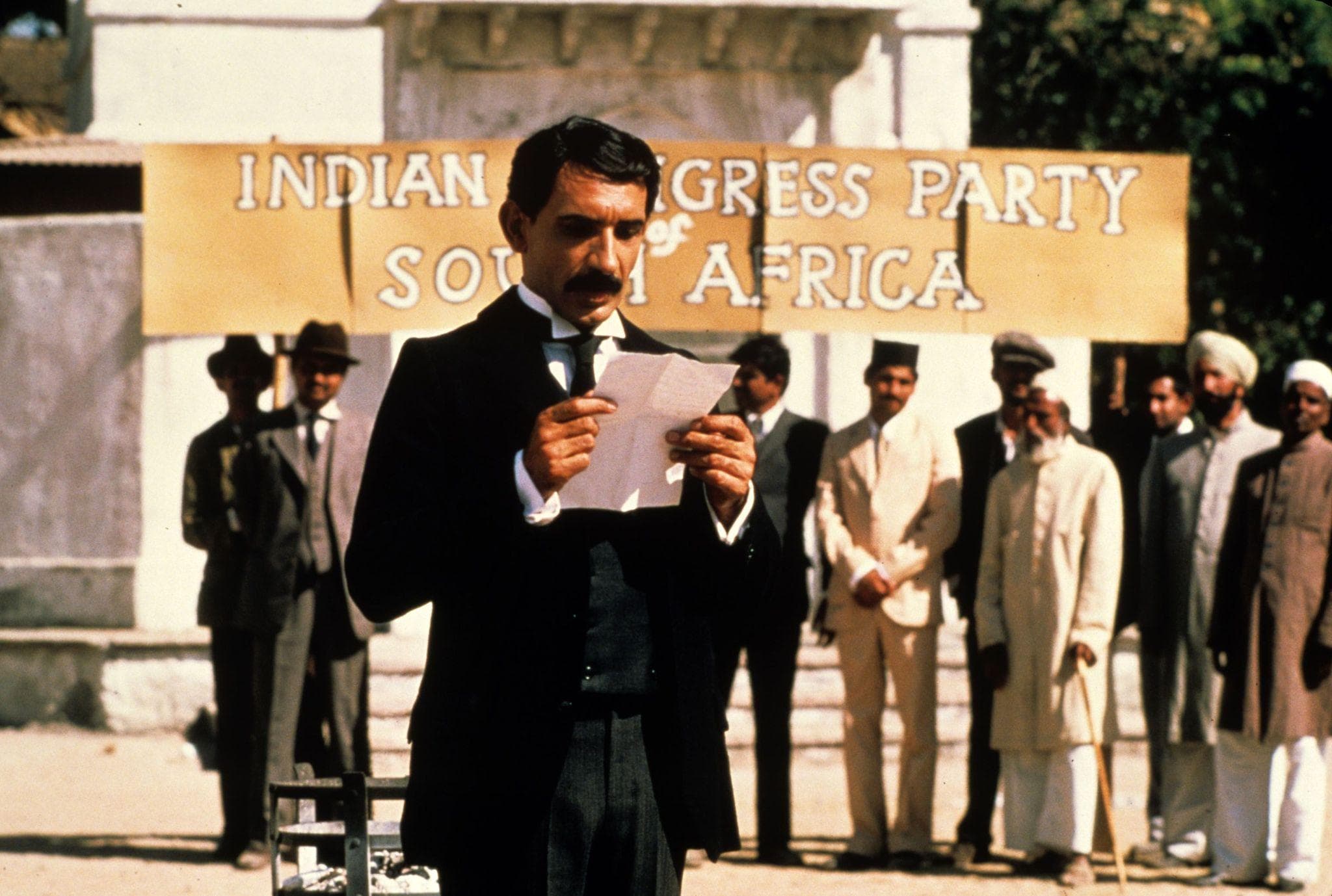

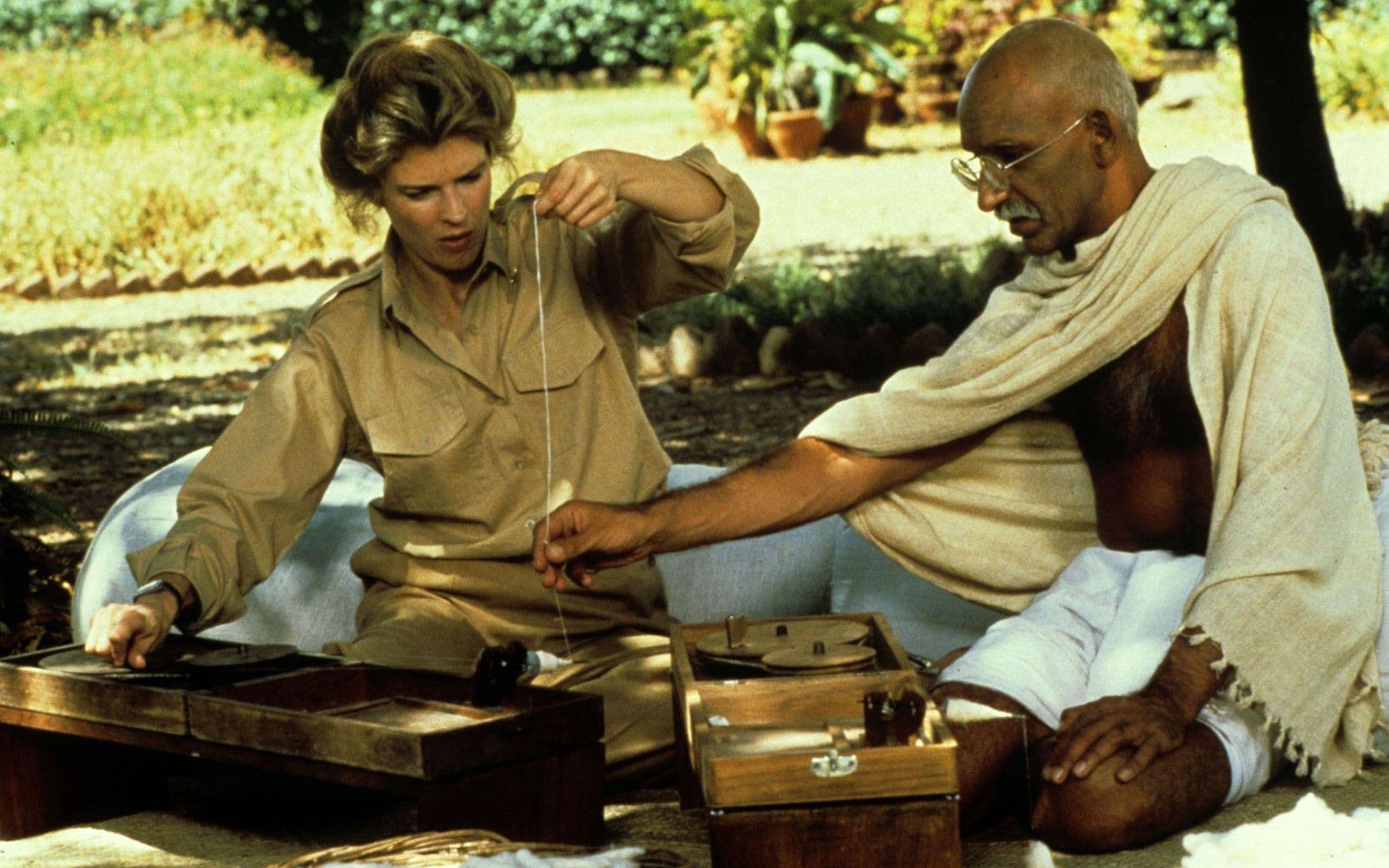
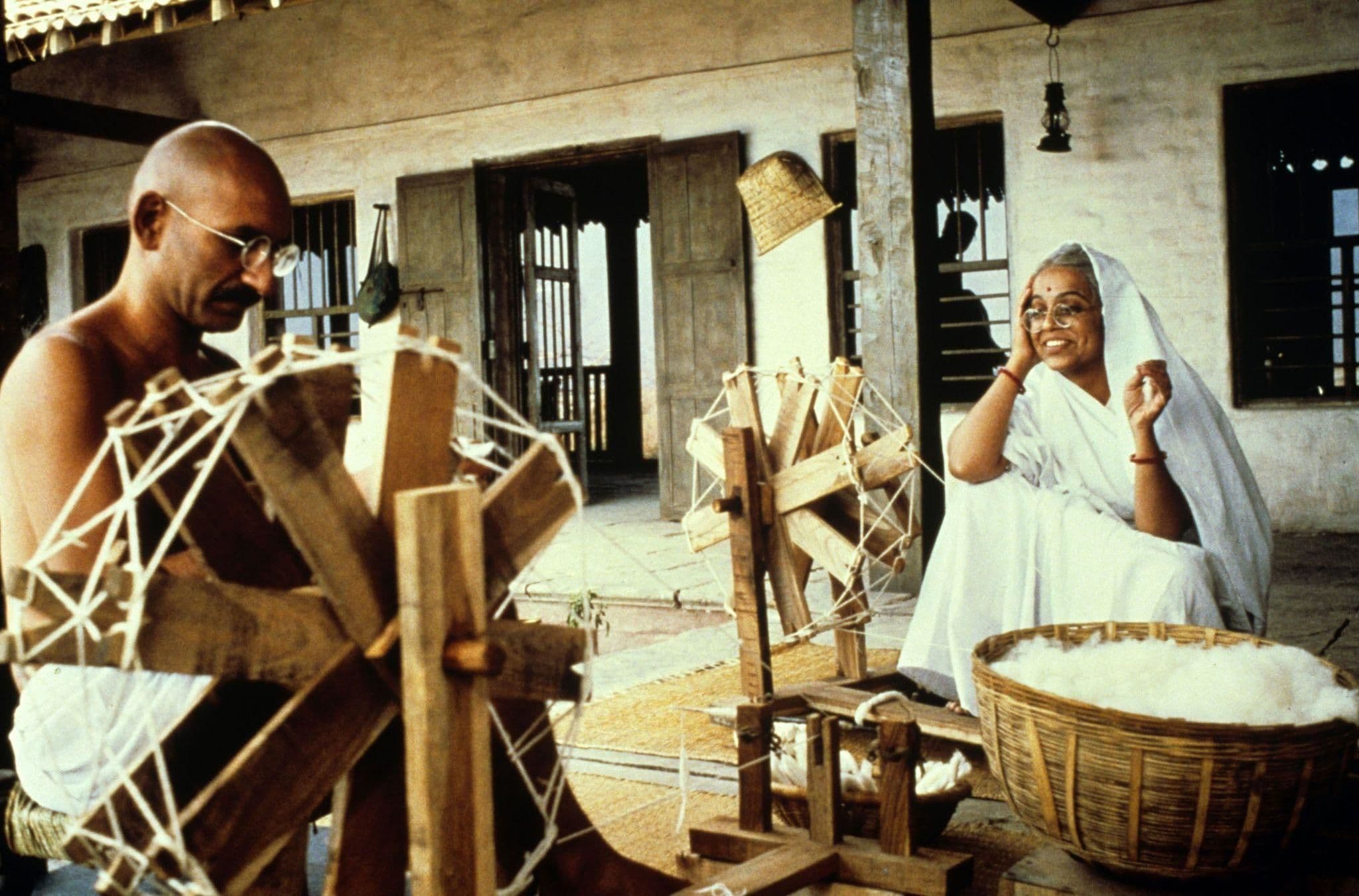
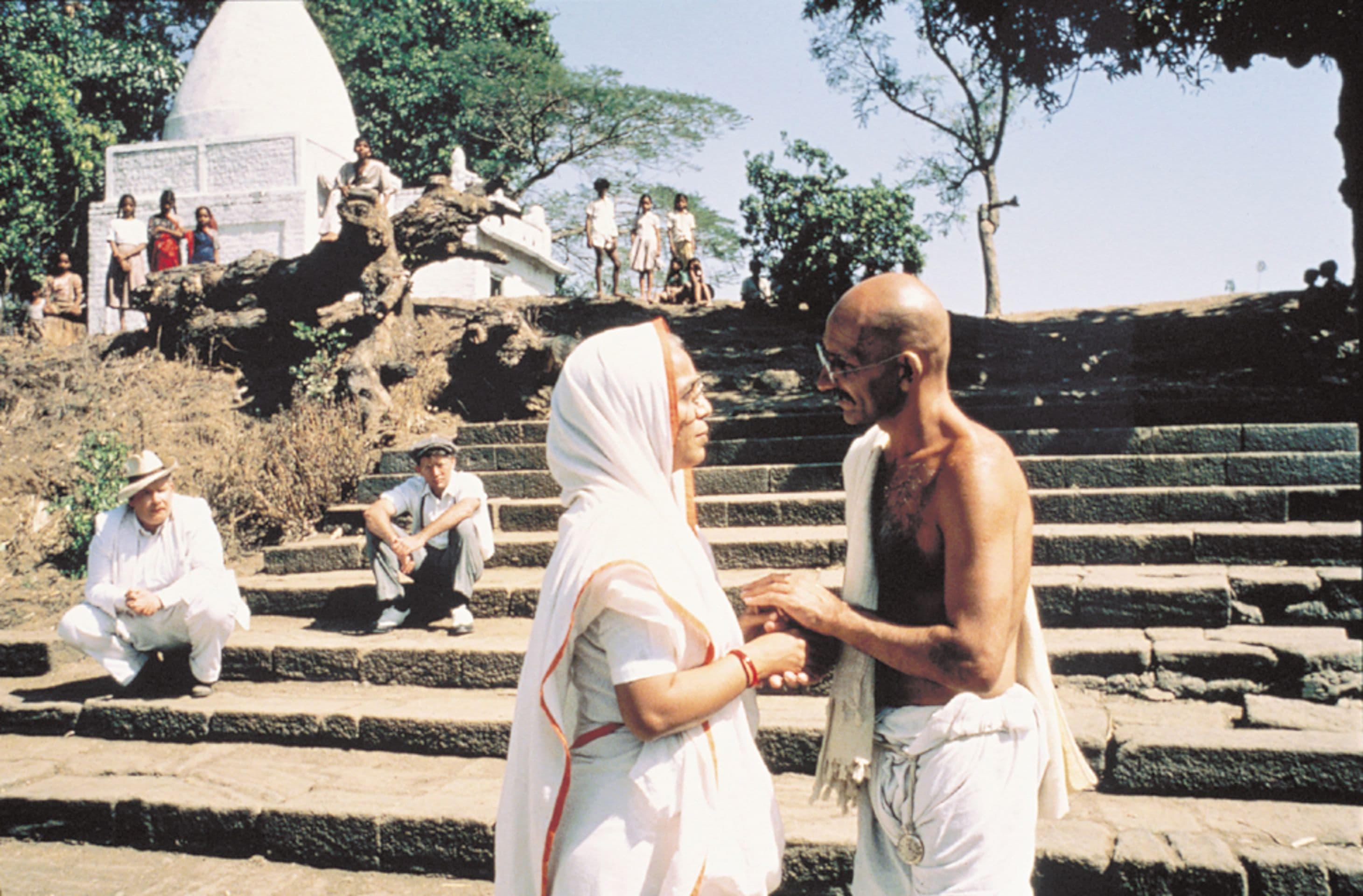
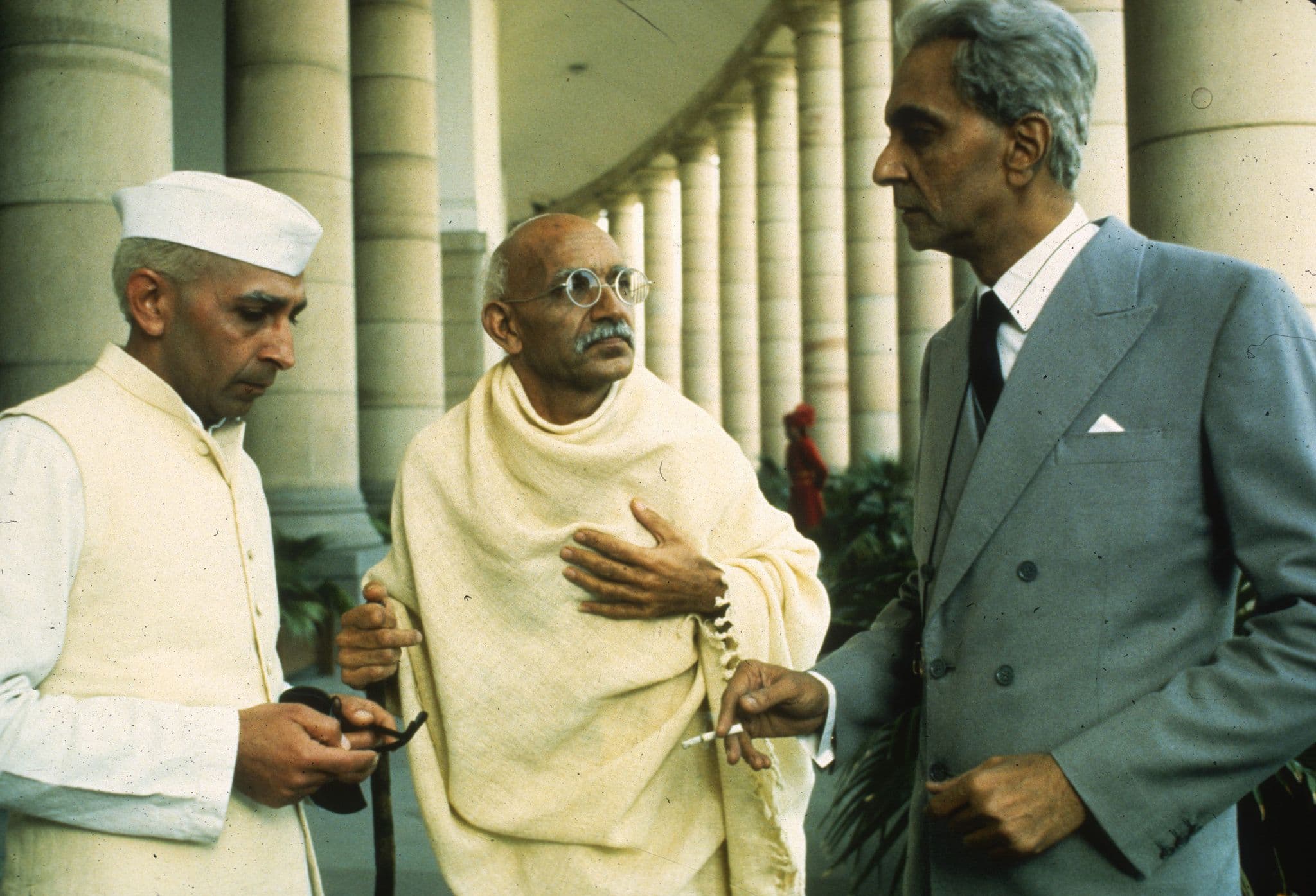
Comments
Loading comments...